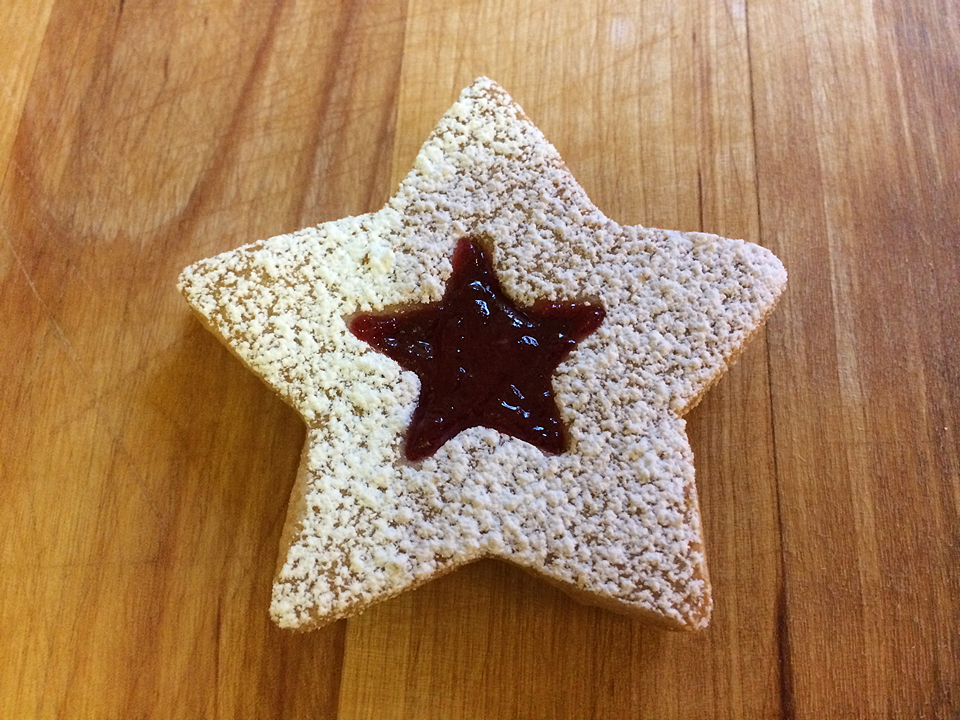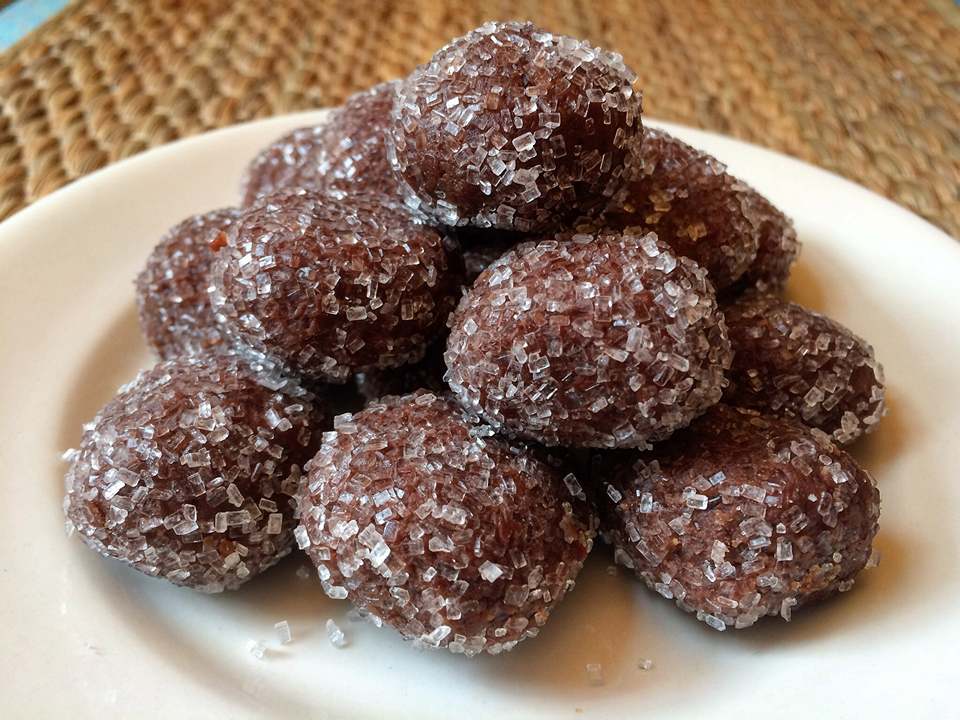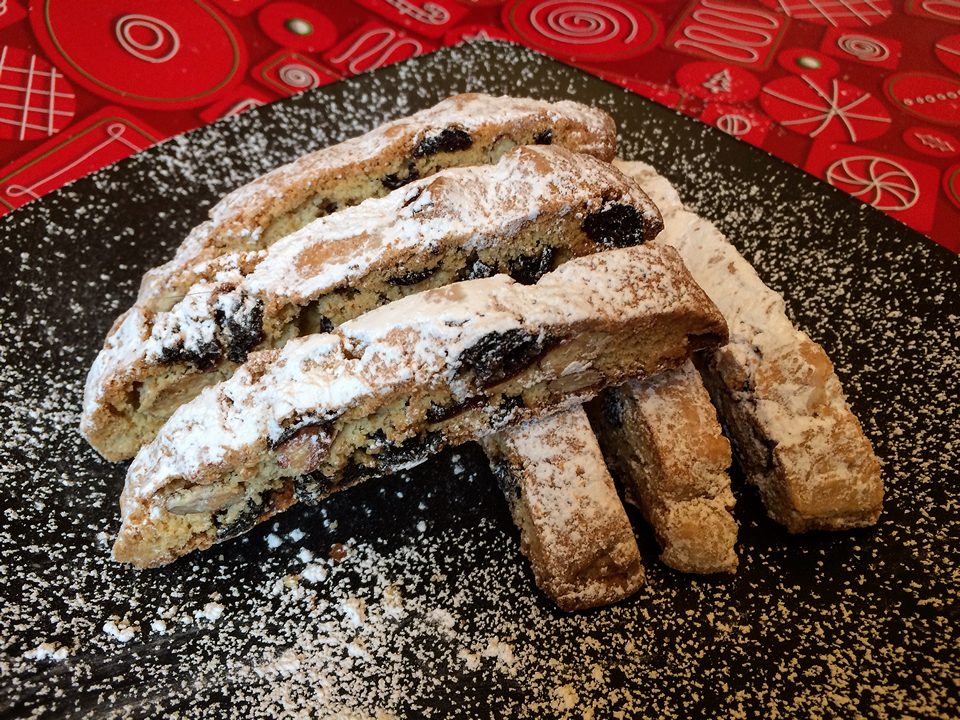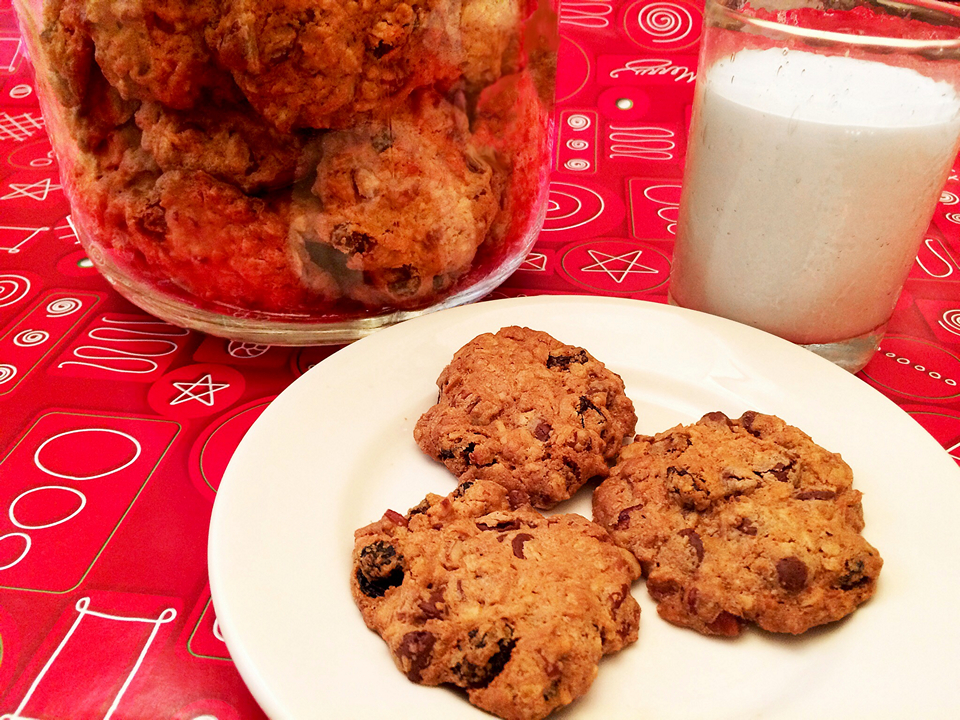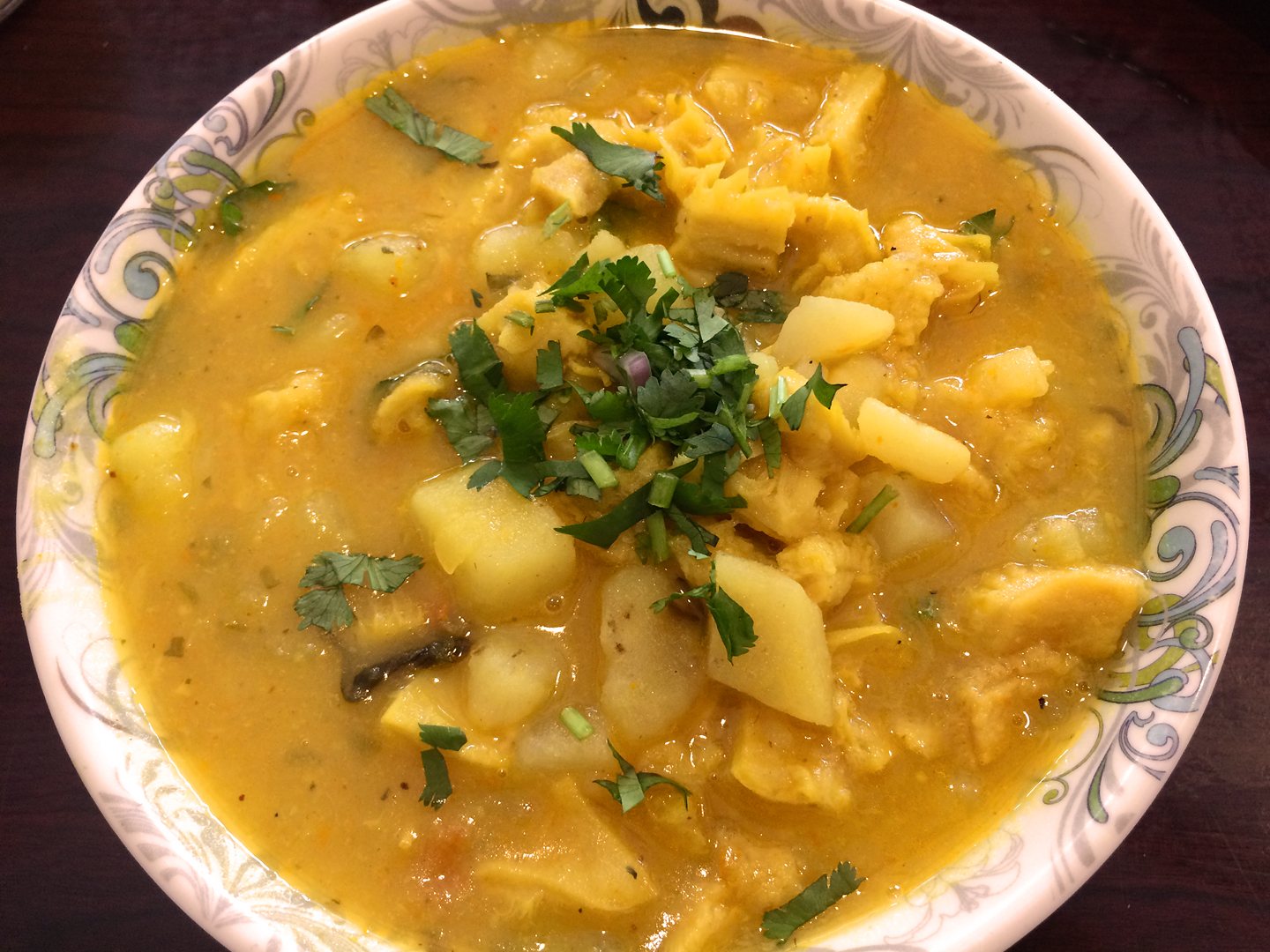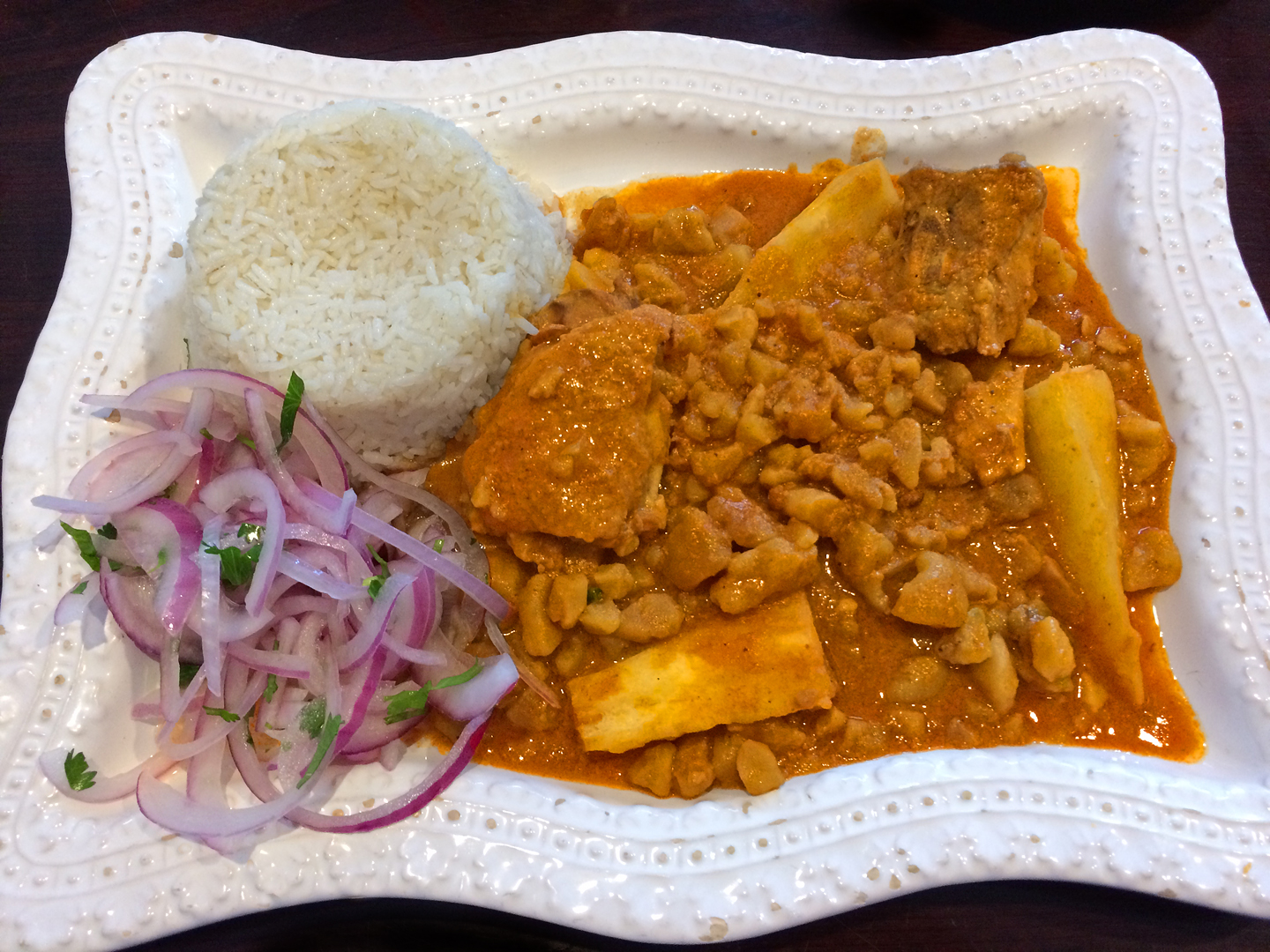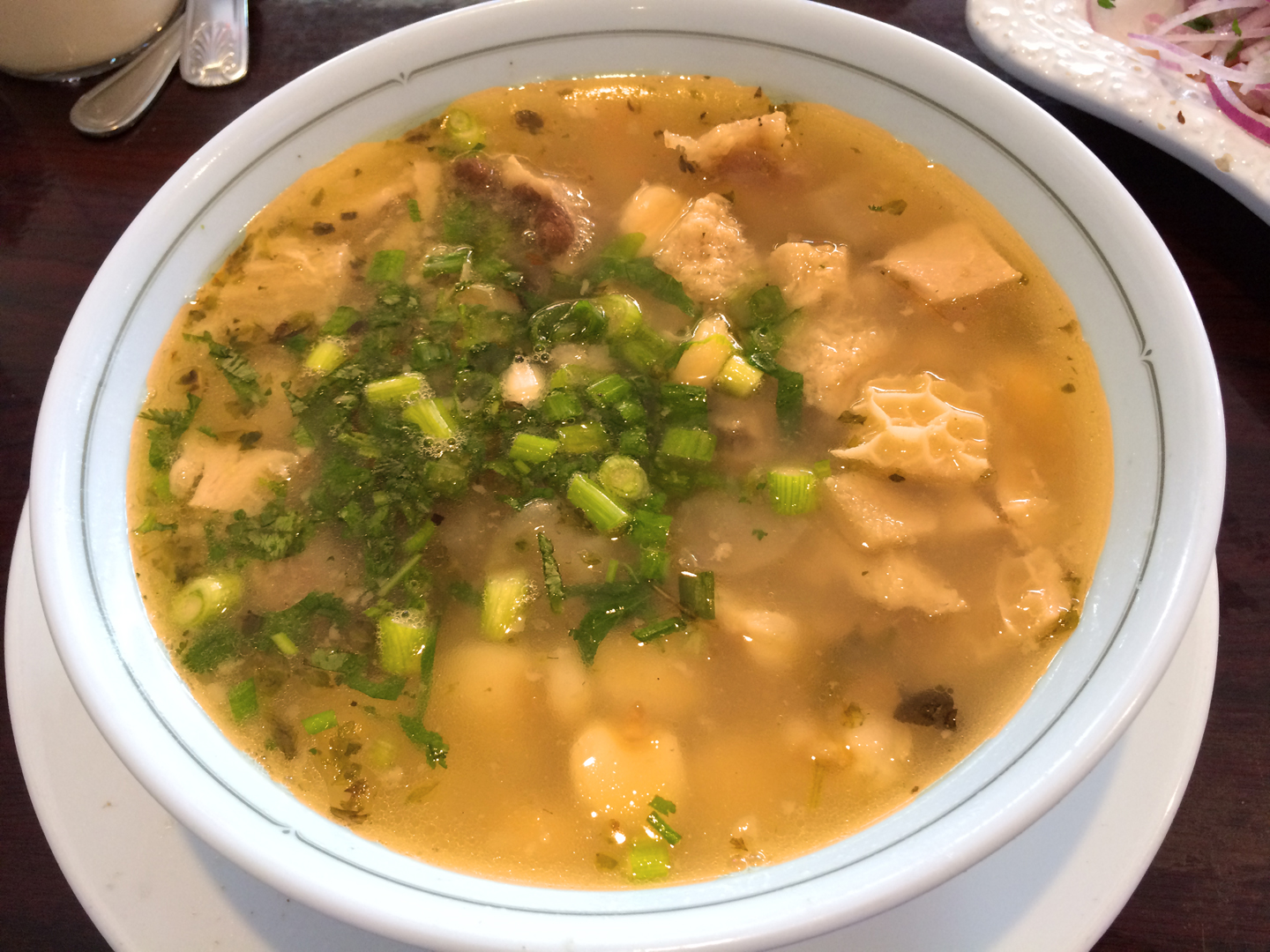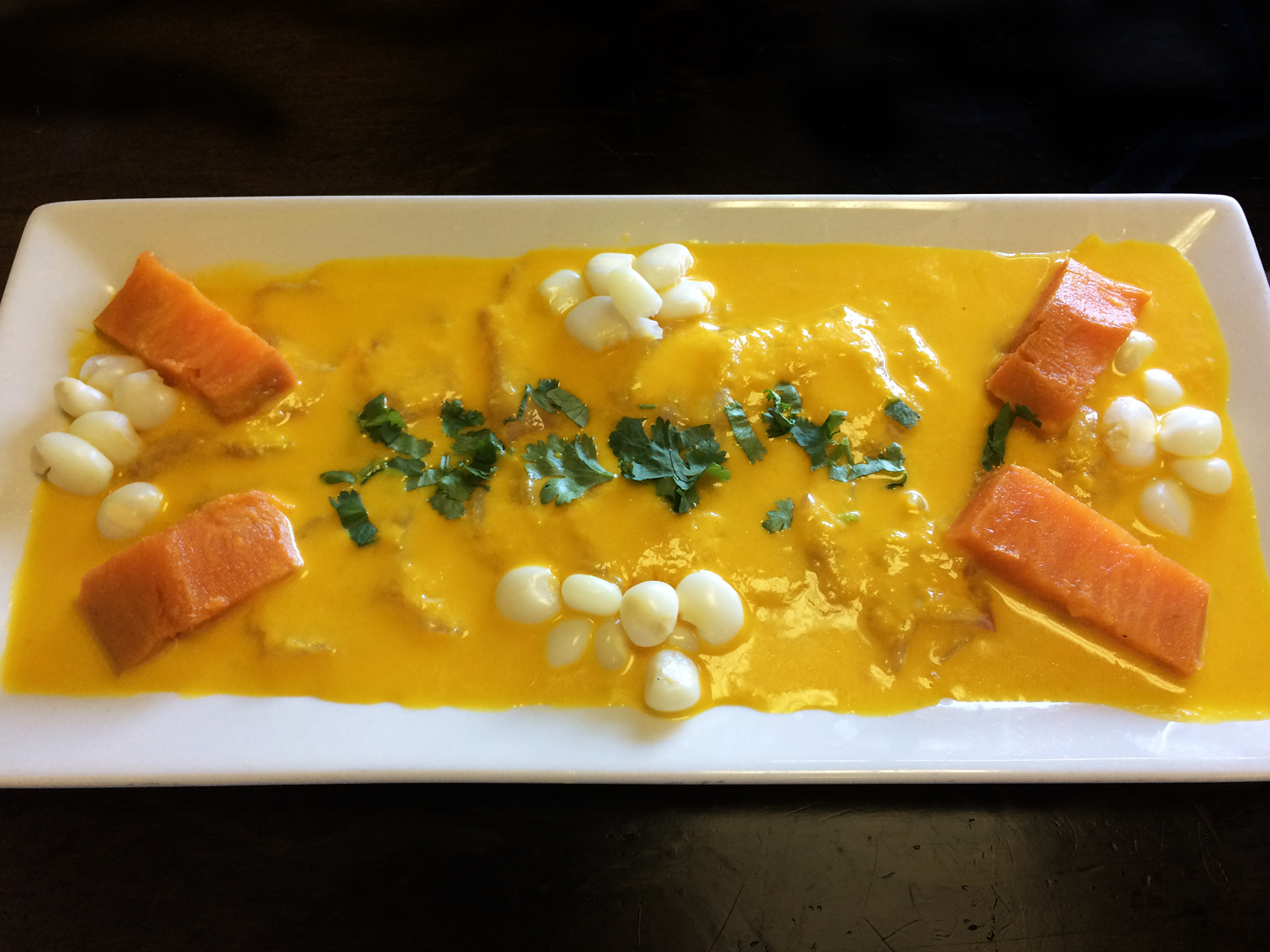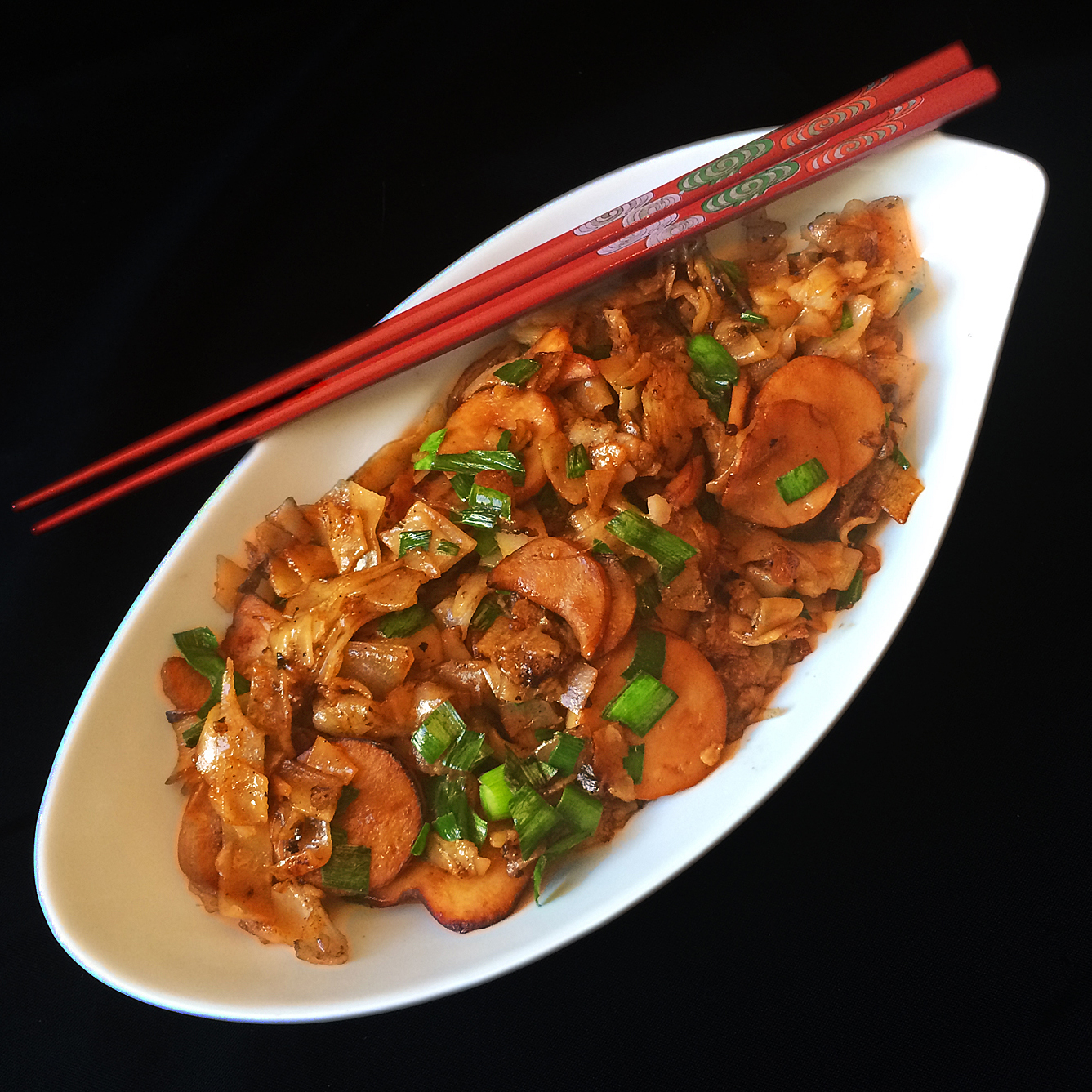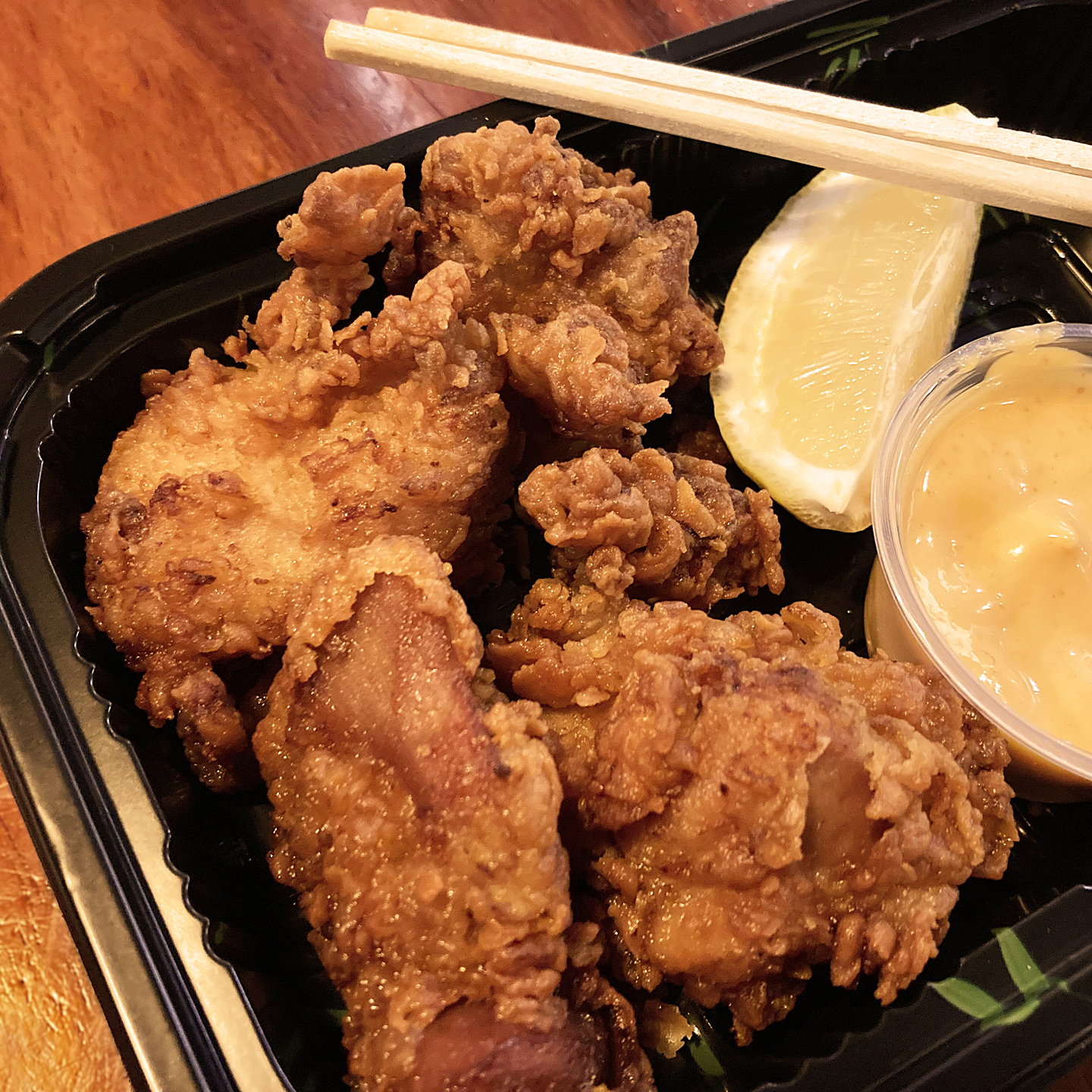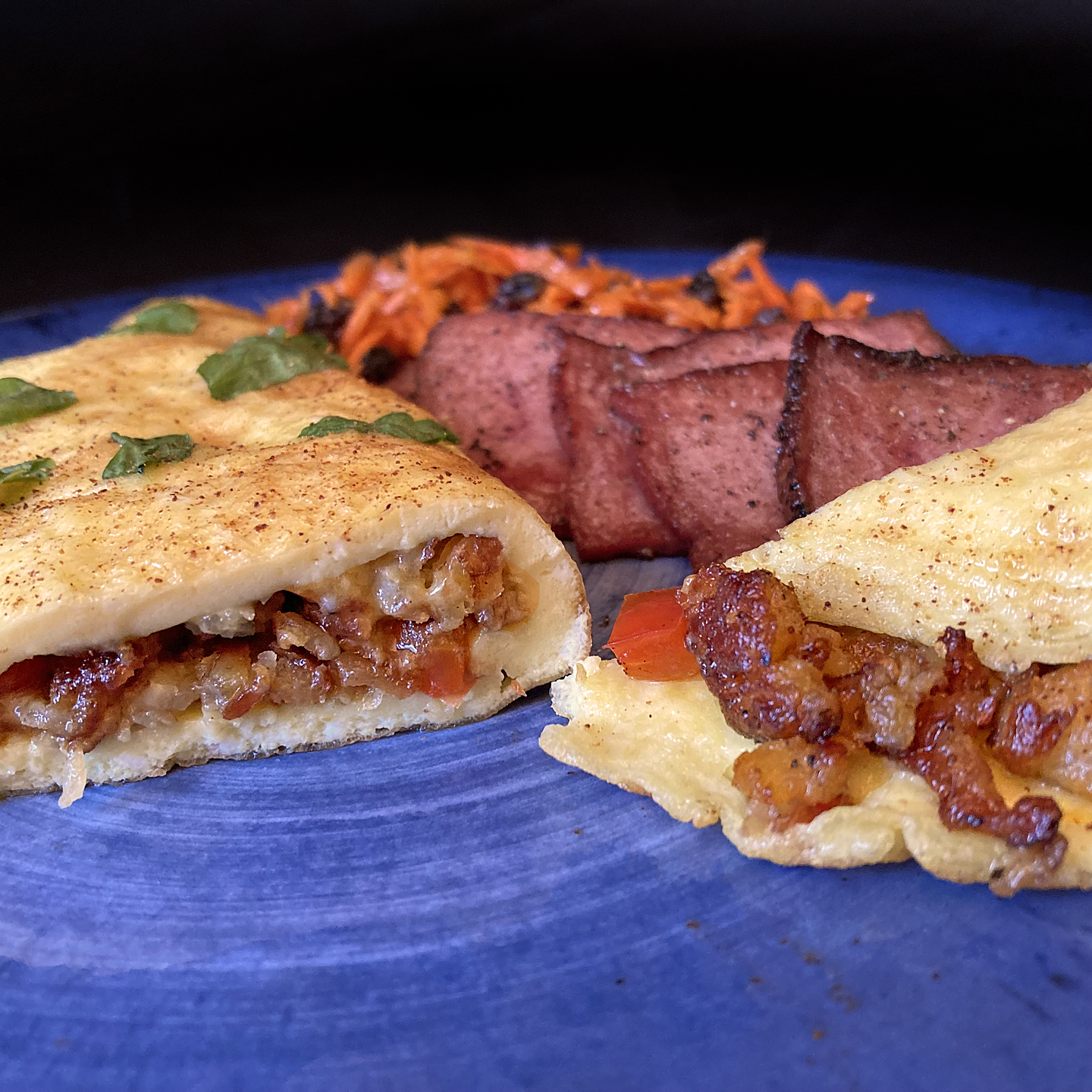Originally published in 2017, I try to update this story annually. Here’s a preview of this year’s supplement.
(Click on any image to view it in high resolution.)
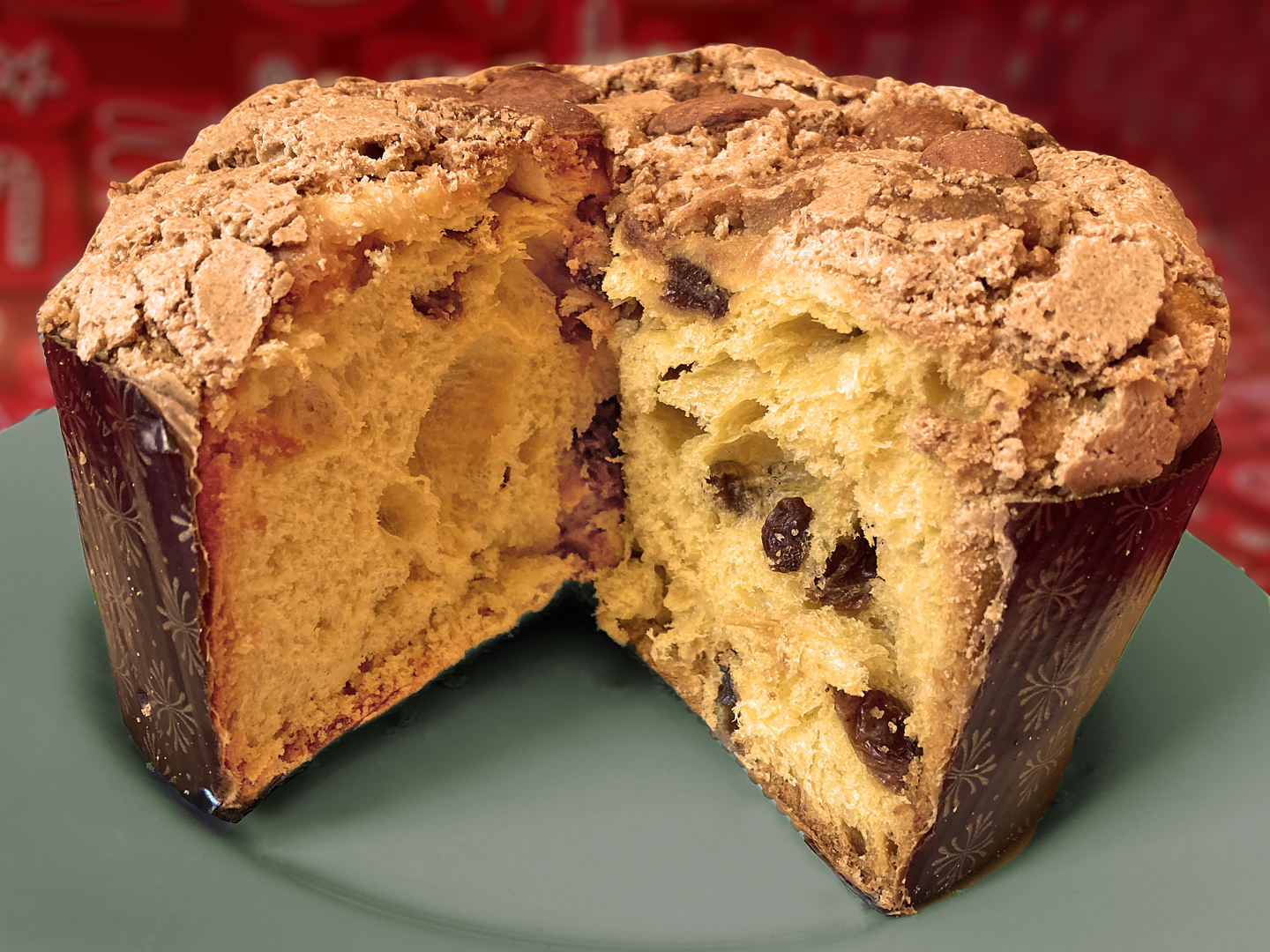
And now it is 2021. As I write this, we’re still in the throes of the COVID-19 pandemic accompanied by its subsequent supply-chain issues, extended shipping times, inventory shortages, and inflation. Amazon is offering my two favorite imported 2.2 pound panettoni for $48 and $71 each. Nope, not this year.
If you’ve read my story, An Eggnog Excursus, you know that part of my obsession stems from the fact that this bewitching beverage evocative of joyous childhood memories is only available for an all-too-brief period each year. Unlike eggnog, some brands of panettone are available year-round, generally dozing in supermarkets and even bodegas, but they tend to be lackluster as compared with the treasures that miraculously appear during the holiday season. It’s like envisaging a standing rib roast for Christmas dinner and then being served pot roast instead. It’s not the end of the world, but it is a world away from what you had been eagerly anticipating for the better part of a year.
In the hopes of ferreting out a middle ground, I decided to explore three upscale markets in my neighborhood, specifically, Whole Foods, Trader Joe’s and Wegmans.
My extremely biased opinion in a nutshell:
Whole Foods proffered a sampler pack of individual size panettoni in three varieties, Traditional, Limoncello, and Double Chocolate, and was the most disappointing product, faring little better than the stuff you see gathering dust year round on supermarket shelves; they were bready with a tight crumb and not particularly sweet or flavorful.
Trader Joe’s Panettone Classico (cutely Italian-branded as “Trader Giotto’s” like their EVOO), also single serving size, was better: more open crumb, properly sweet, and amply raisined, but still, not anything to write home to Mom about.
Now, how much of those two evaluations can be attributed to the size of the product itself? Is it even possible to make a proper panettone that’s so diminutive? Or is this a case that raises the correlation vs causation question: just because they’re both baked in a pint-sized format doesn’t necessarily explain why they’re both less than stellar. Or does it?
Wegmans, however, saved the day. A larger (about six inches in diameter, serves six) virtually unbranded entry, this airy, buttery baby (see photo) boasted a proper candied orange peel+raisin count, an appropriate degree of sweetness, and an almond glaze topping that was topnotch – sweet and crunchy with plenty of almonds. Actual craftsmanship for under $20.
But wait! There’s more!!
You can be the first kid on your block to score the Panettone Bargain of the 2021 Christmas Season!!!
The secret is waiting within the updated Deep Dive story, Panettone! Pannetone! Pannettone!
 Add preserves around the perimeter but not in the center. (Neatness doesn’t count.)
Add preserves around the perimeter but not in the center. (Neatness doesn’t count.)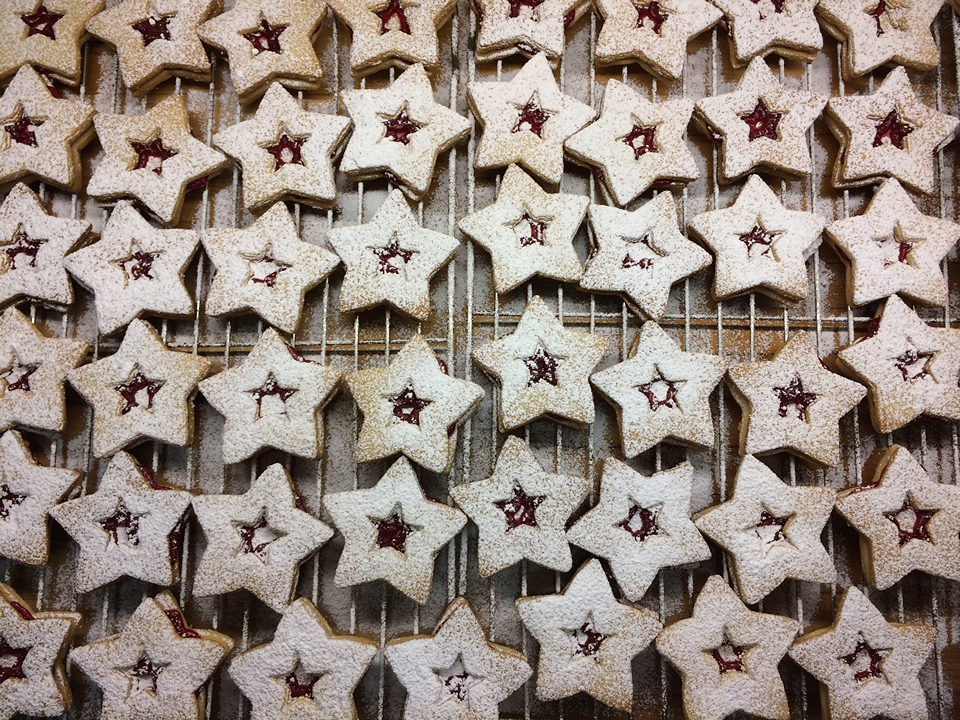 Let it snow, let it snow, etc.
Let it snow, let it snow, etc.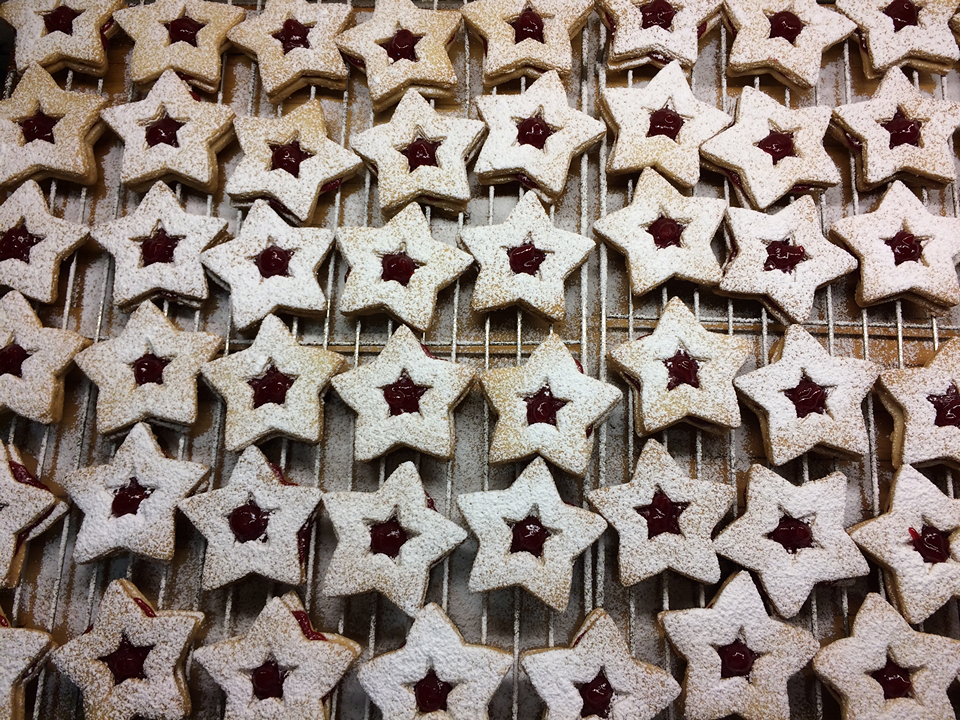
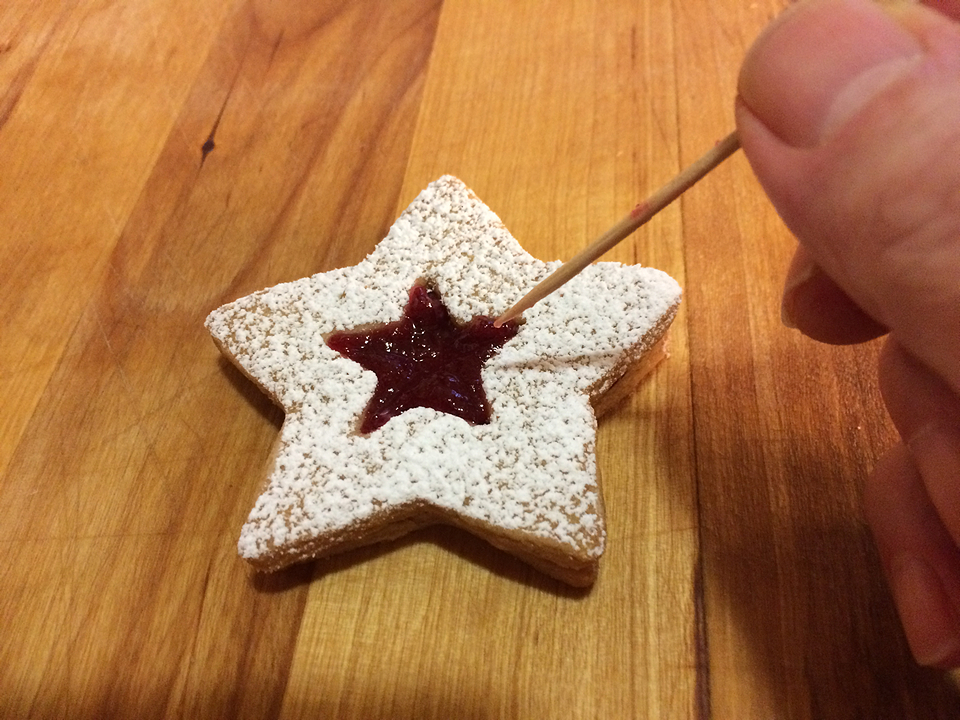 Now here comes the maniacal part: For each cookie, use a toothpick to draw out the five points of the star.
Now here comes the maniacal part: For each cookie, use a toothpick to draw out the five points of the star. The cookies are complete and packed up. Here’s the negative space that was left behind!
The cookies are complete and packed up. Here’s the negative space that was left behind!
